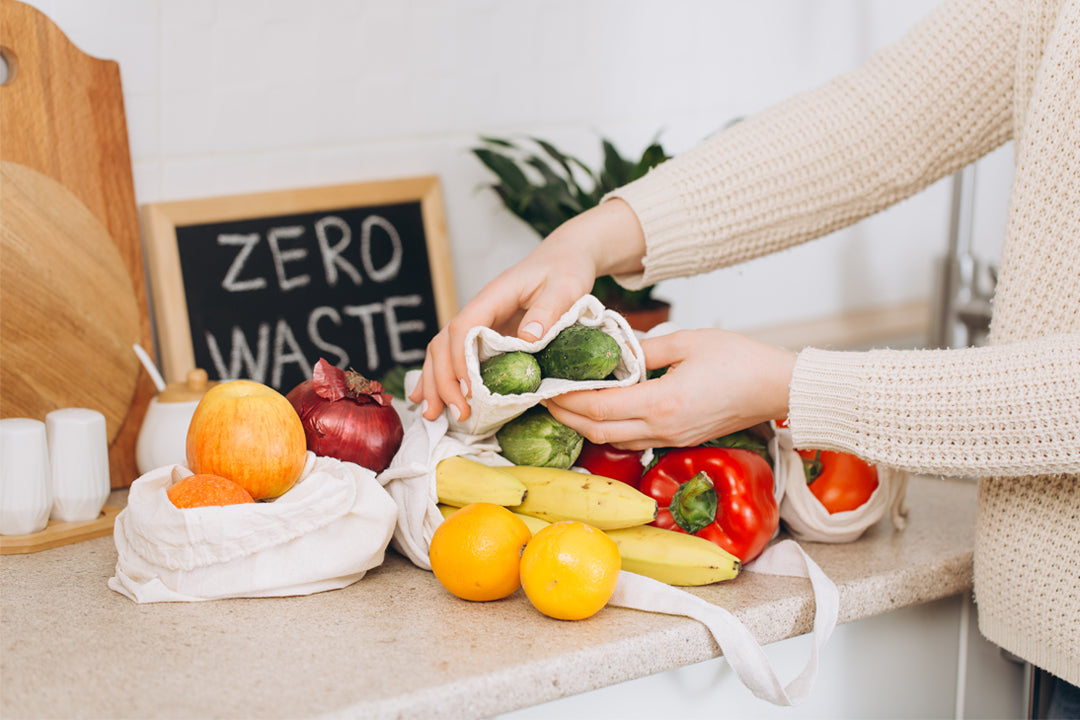

Zero-Waste Kitchen: Practical Tips for Waste-Free Cooking
With its culinary creations and comforting aromas, the kitchen is the heart of many homes. However, it's also the source of a significant amount of waste. Our modern culinary practices contribute to an ever-growing waste problem, from plastic packaging to food scraps. However, transitioning to a zero-waste kitchen is not an insurmountable task. With some planning and a handful of changes, you can make your cooking routine more sustainable.
1. The Art of Meal Planning
Meal planning is the first and most crucial step to a zero-waste kitchen. The benefits are twofold. Firstly, it reduces waste by ensuring you only buy what you need. Secondly, it saves you money and time. Begin by outlining a week's worth of meals, accounting for breakfast, lunch, dinner, and snacks. Once you have your meal plan, create a precise shopping list and stick to it during grocery shopping. This eliminates impulse buys or over-purchasing, which often leads to waste.
2. Embracing Bulk Buying
Bulk buying reduces packaging waste and can often be more cost-effective. Many grocery stores now have bulk sections to fill your reusable containers with dry goods like grains, nuts, pulses, cereals, and spices. Bulk buying also allows you to purchase the exact quantities you need, further reducing food waste.
3. Choosing Package-Free Produce
Opt for loose fruits and vegetables in the produce aisle over those wrapped in plastic. Bring your own reusable produce bags or, if you forget, simply place the produce directly in your cart or basket. Many fruits and vegetables have natural protective coverings and don't require plastic packaging.
4. Mastering the Art of Scratch Cooking
Pre-packaged meals and snacks come with unnecessary packaging and are often less healthy due to added preservatives and sugars. Cooking from scratch puts you in control of the ingredients, enabling you to make healthier, tastier meals and eliminating excessive packaging. Furthermore, this practice cultivates culinary skills and a deeper appreciation for food.
5. Prioritizing Reusable Containers
Ditch disposable plastic bags and wrap them for storing leftovers. Instead, invest in durable, reusable containers. Glass jars and metal containers are great options that can last years. These containers are often versatile, storing leftovers, packed lunches, and bulk items.
6. Composting: The Circle of Life
Kitchen scraps like vegetable peels, coffee grounds, and eggshells don't need to go to waste. Composting these materials at home transforms them into nutrient-rich soil for your garden, completing a natural cycle. If you don't have space for a home compost system, look for local farms or community gardens that accept compost, or check if your city offers composting services.
7. Nose-to-Tail Plant Eating
Just as nose-to-tail eating utilizes all parts of an animal, try applying this concept to plants. Parts often discarded like broccoli stems, beet greens, and carrot tops, are edible, nutritious, and flavorful. For example, broccoli stems can be spiralized into "noodles," beet greens sautéed like spinach, and carrot tops transformed into pesto.
8. Reusable Cloths Over Paper Towels
Replace single-use paper towels with reusable rags or cloths. Old t-shirts or bed linens can be repurposed into cleaning cloths. If you need to absorb excess oil from food, consider using a slice of bread instead of paper towels.
9. Repair, Don't Replace
Take care of your kitchen appliances and tools to extend their life. Regular maintenance can prevent breakdowns. If something breaks, explore repair options before replacing the item. This keeps appliances out of landfills and saves you money.
Conclusion
Transitioning to a zero-waste kitchen is an ongoing process, not an overnight transformation. It's about cultivating sustainable habits and making mindful choices. Every small change contributes to a significant reduction in waste over time, leading to a kitchen that is not just the heart of your home but also kind to the planet.
Our ElectroDust™ Washable Air Filter
ElectroDust filters provide higher than industry average air quality and are built to higher standards. Our environmentally friendly filters allow you to wash and re-use them over a ten-year lifespan. After just ten months of using our filters, you will begin to realize savings. Furthermore, because ElectroDust filters are more efficient at capturing dust and foreign particles, you won’t require duct cleaning as often, saving you even more money. Less dusting means a healthier home.
